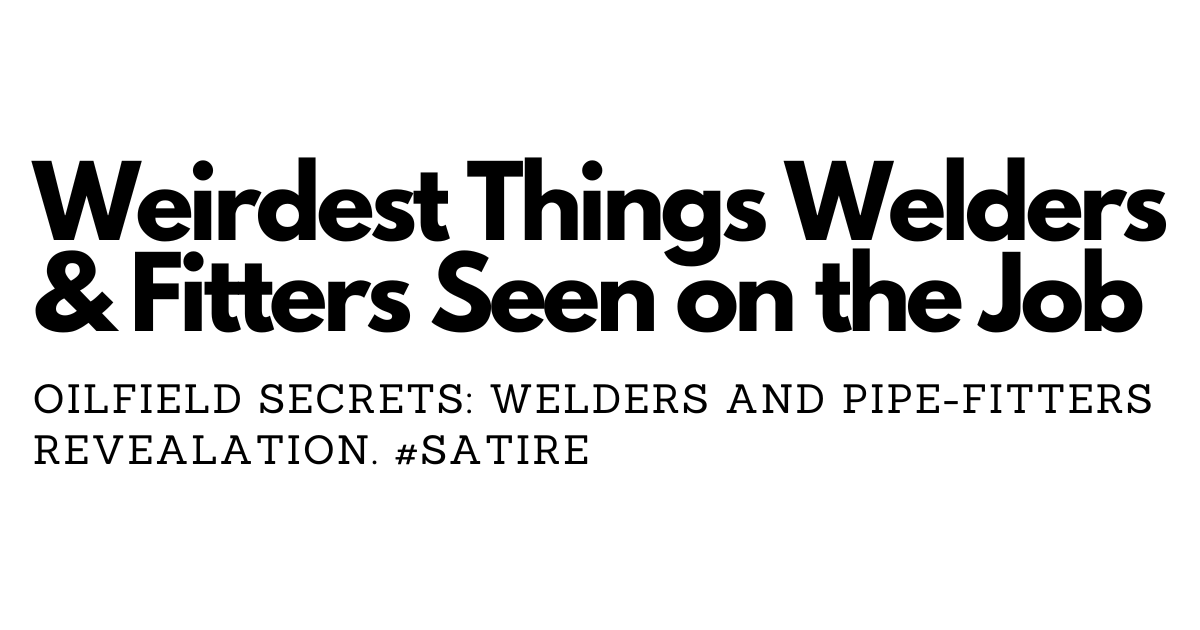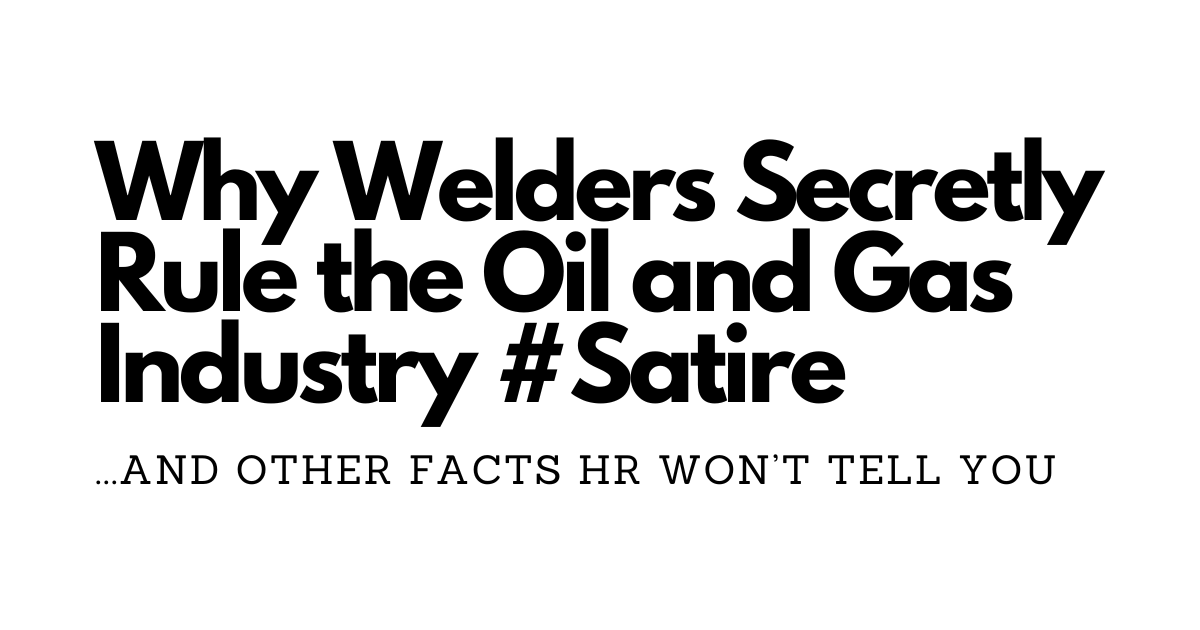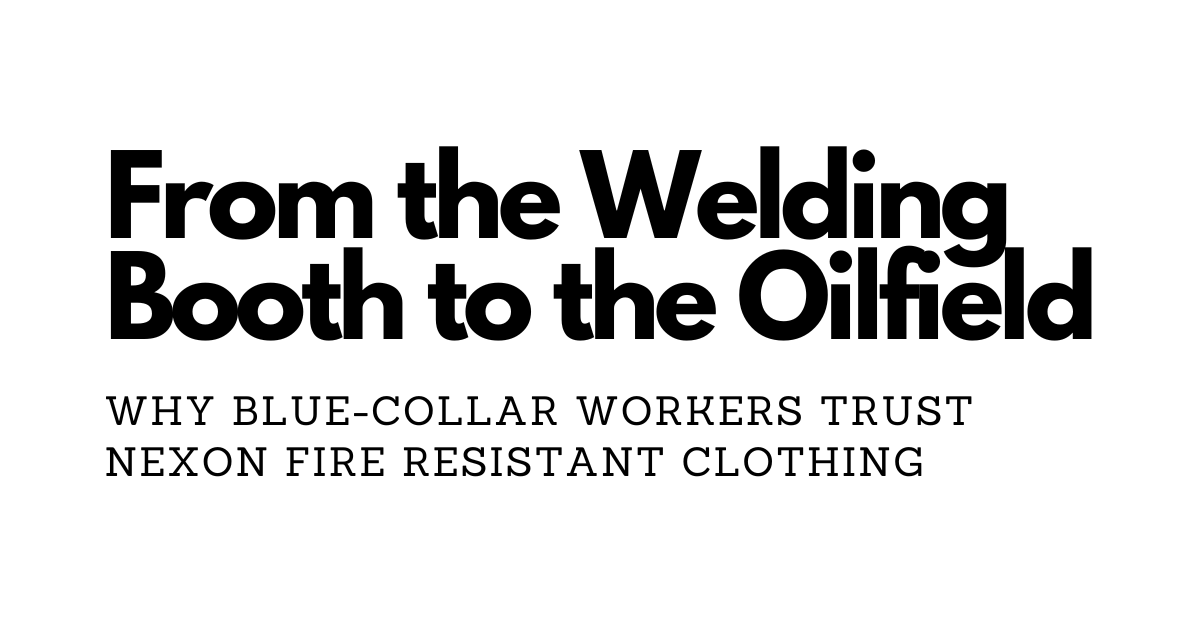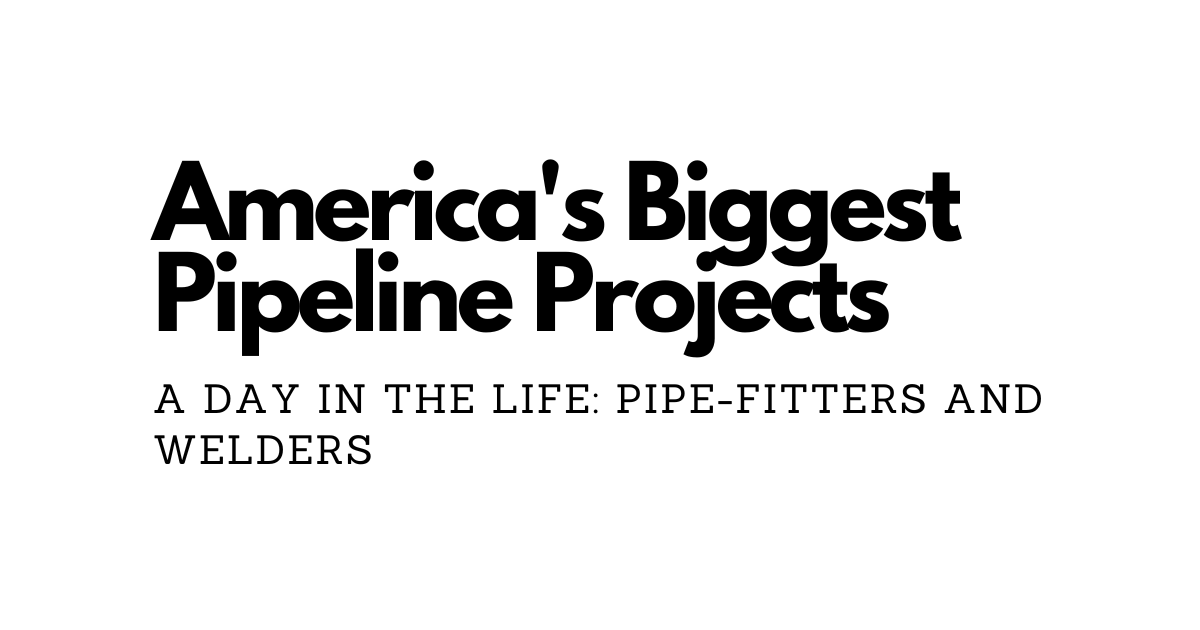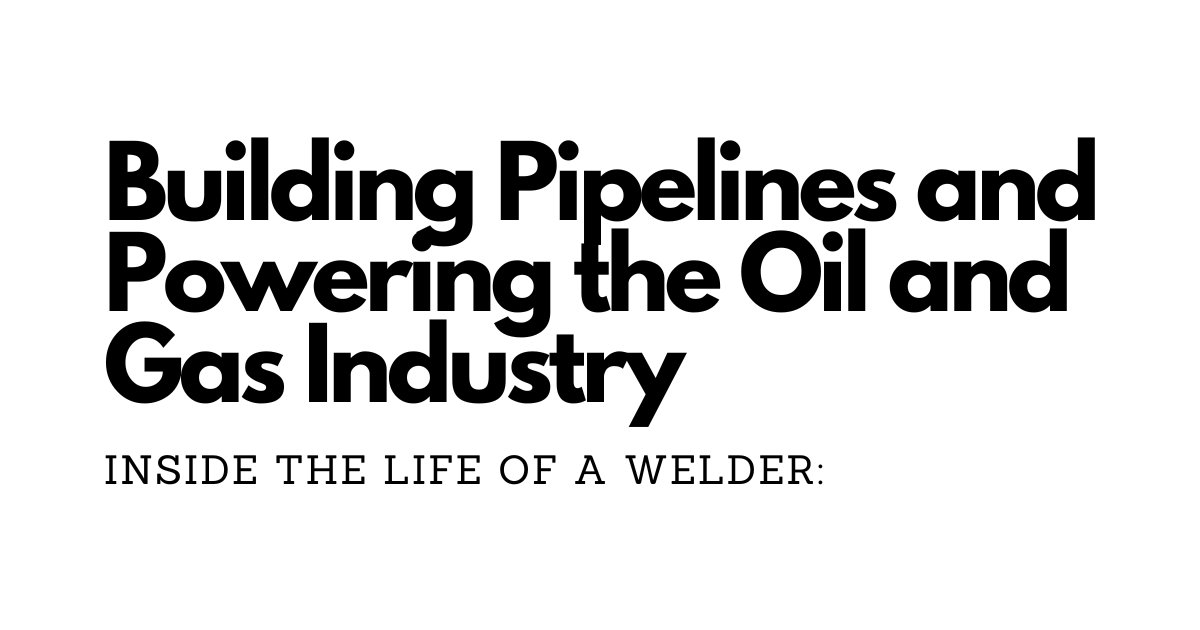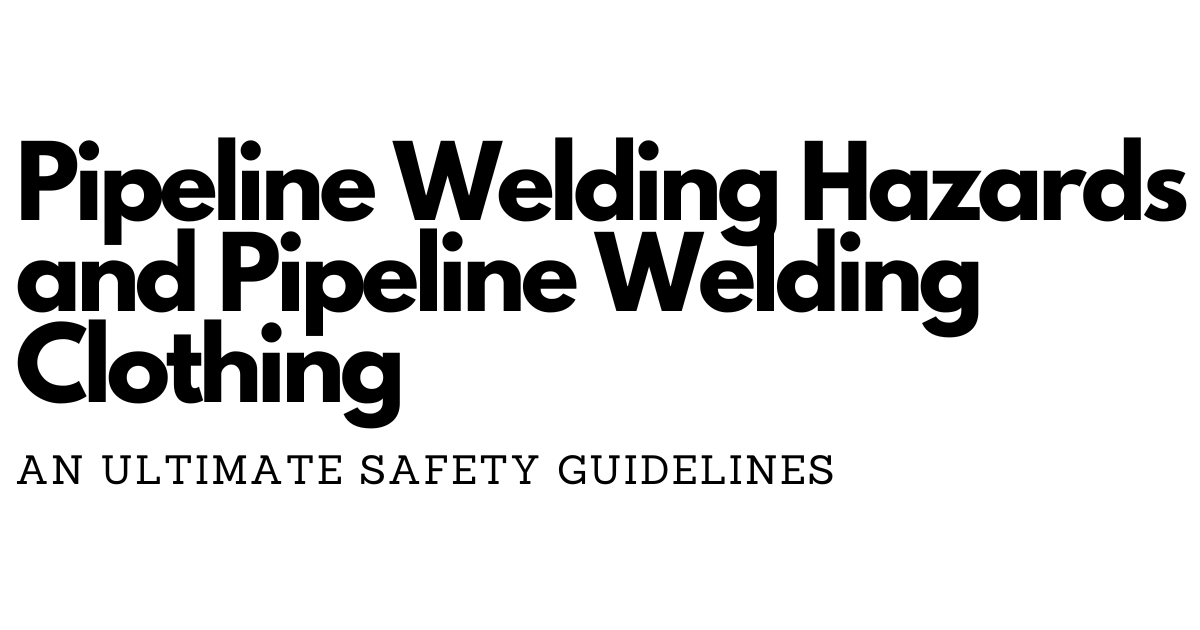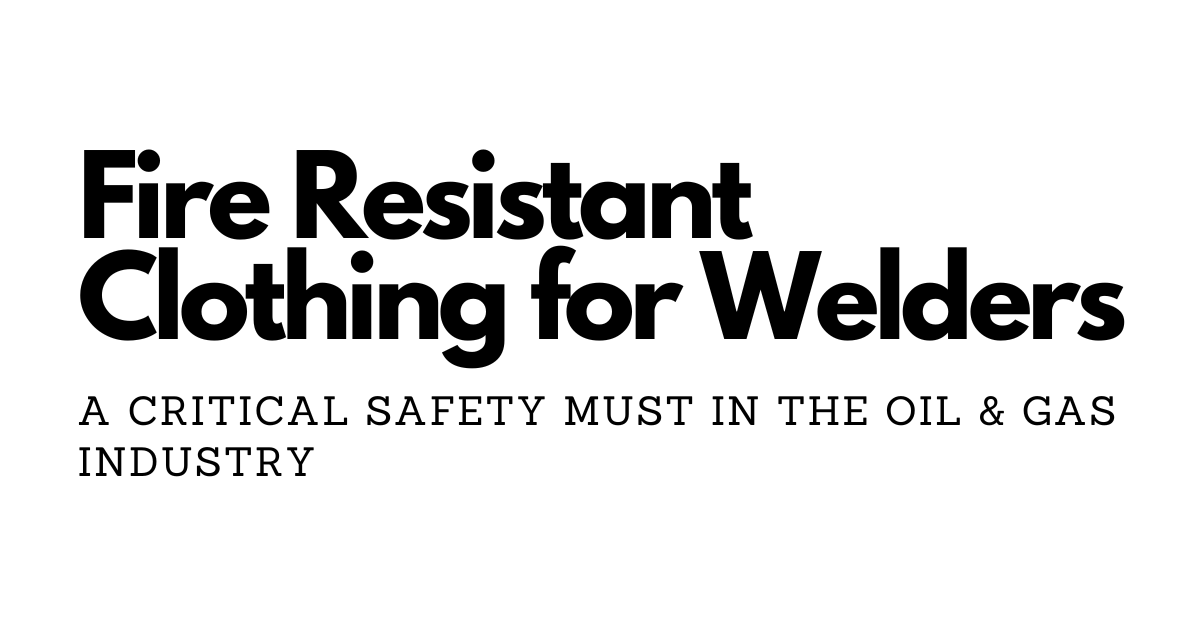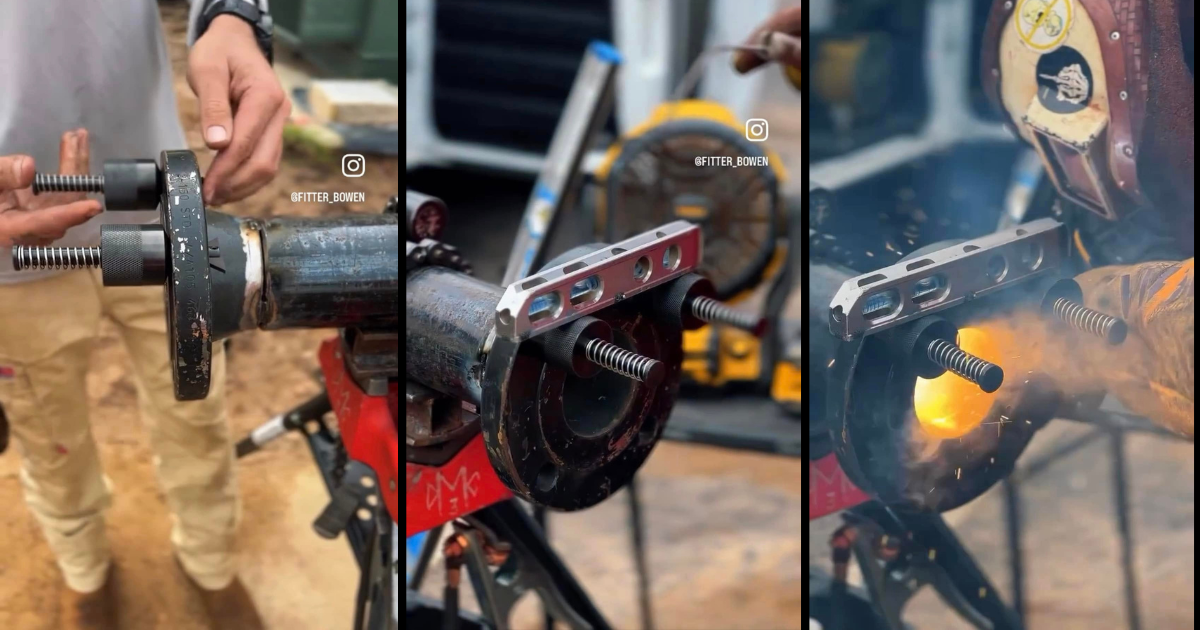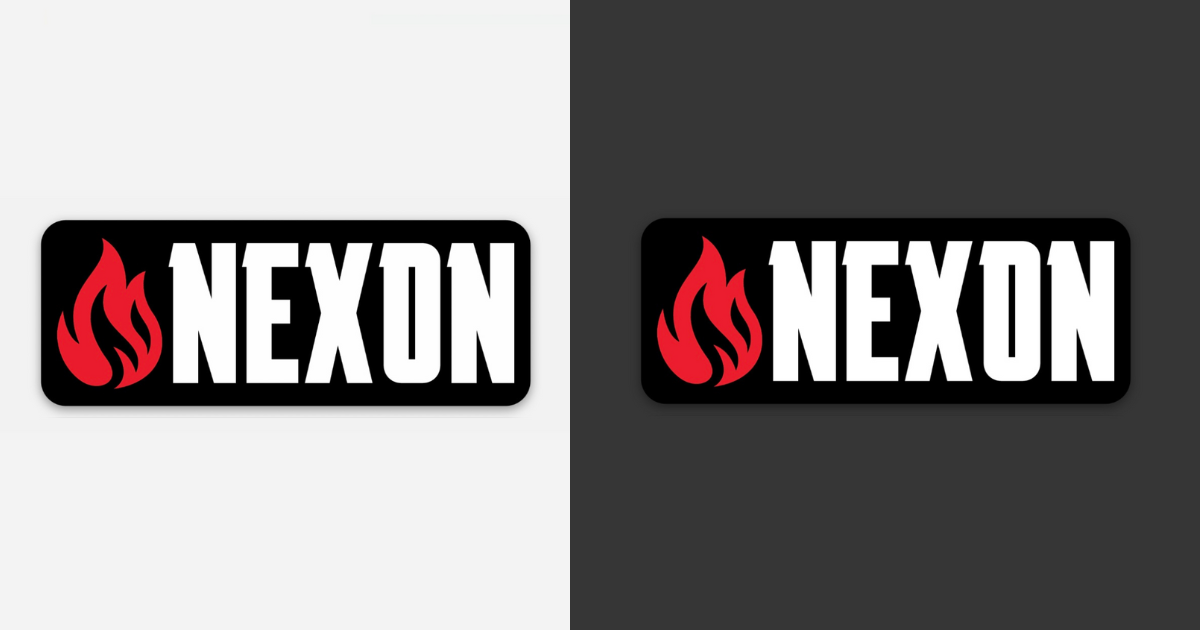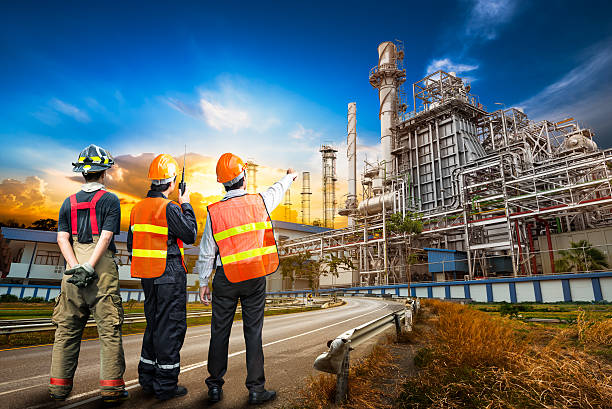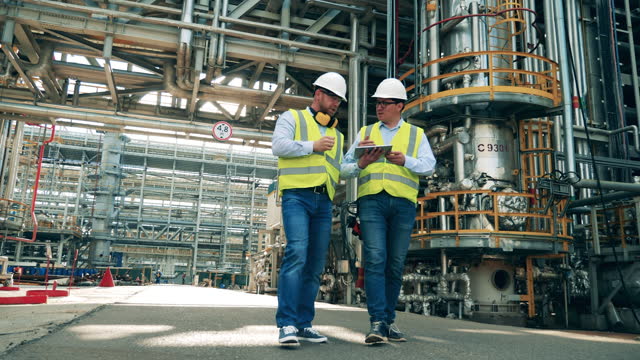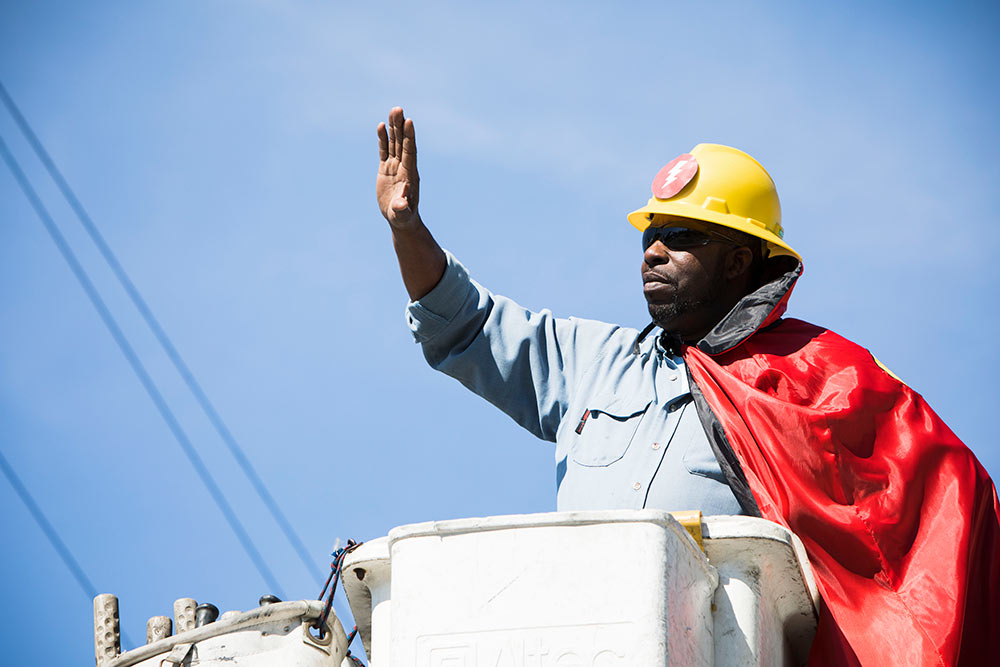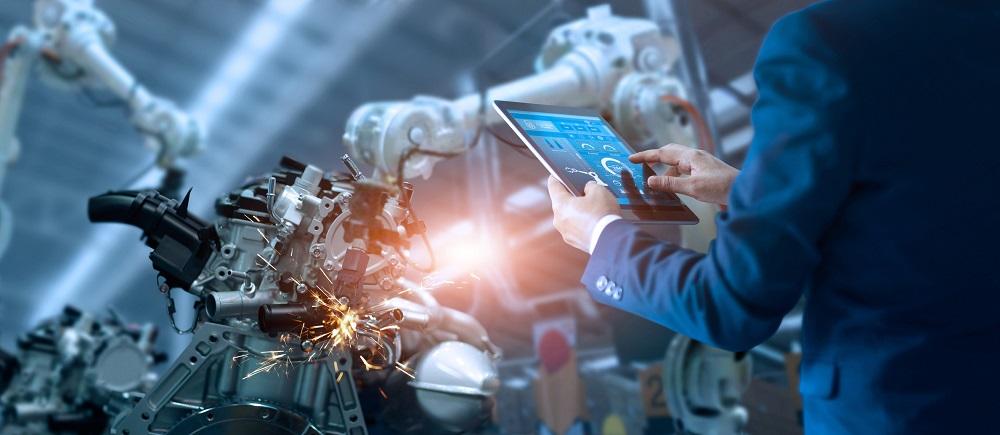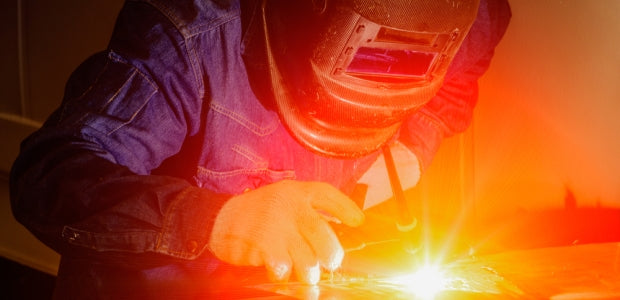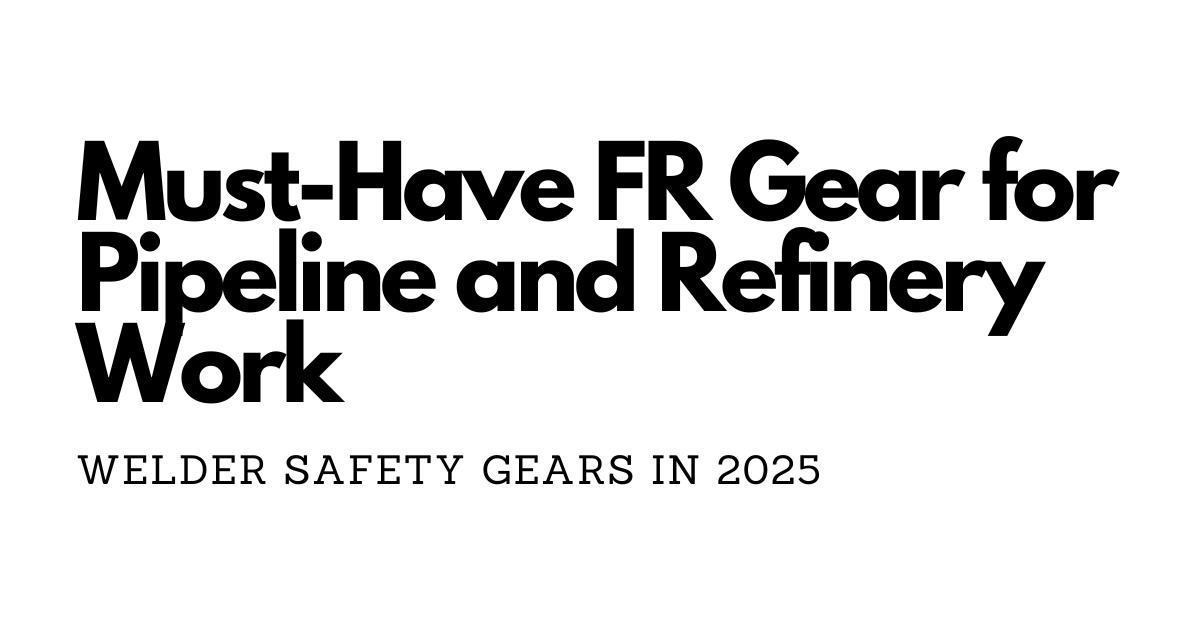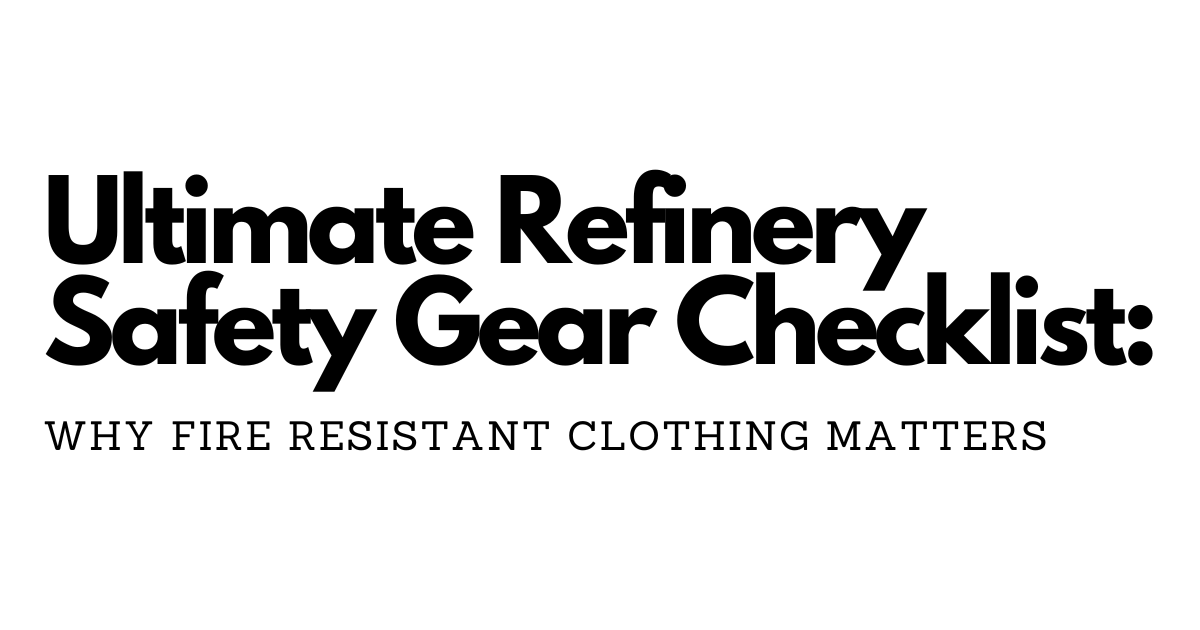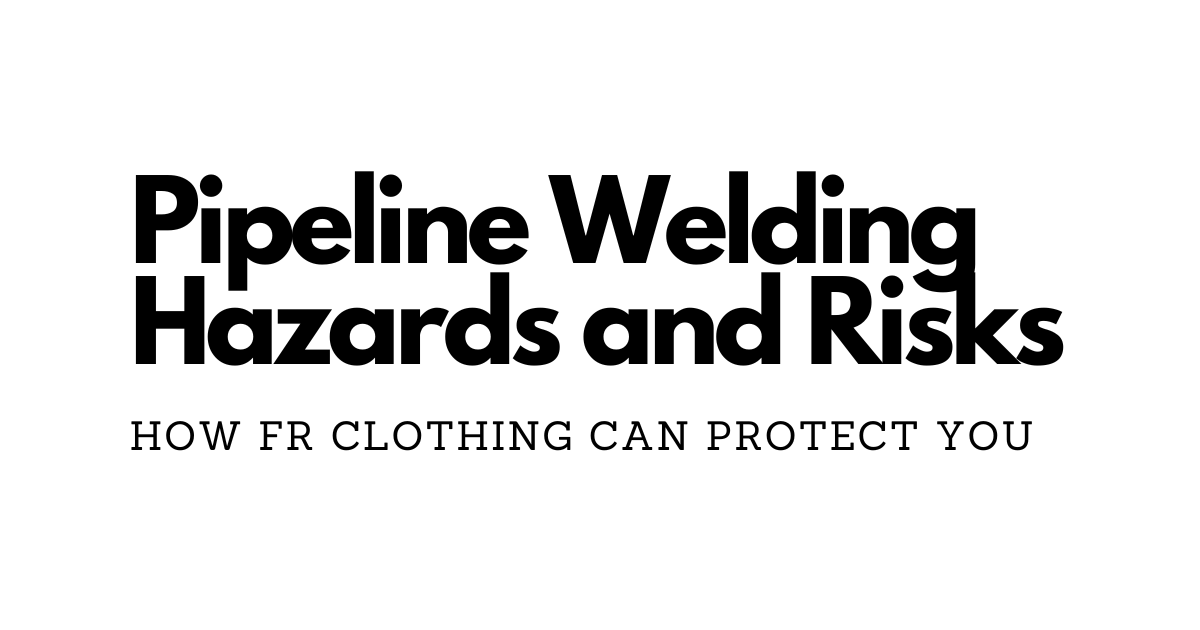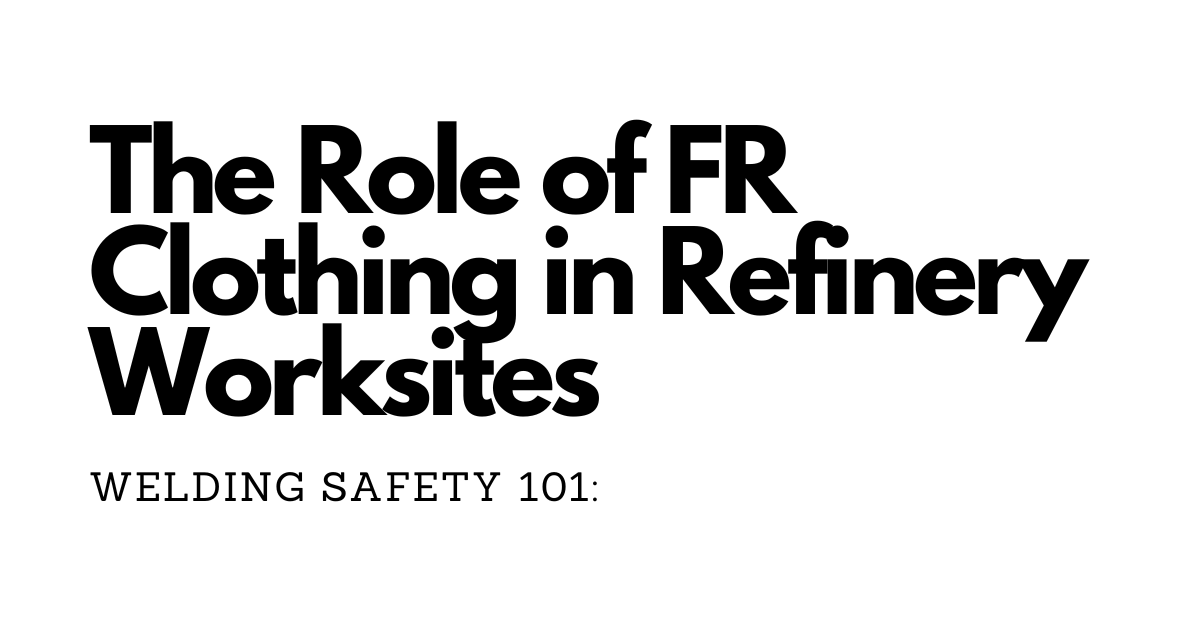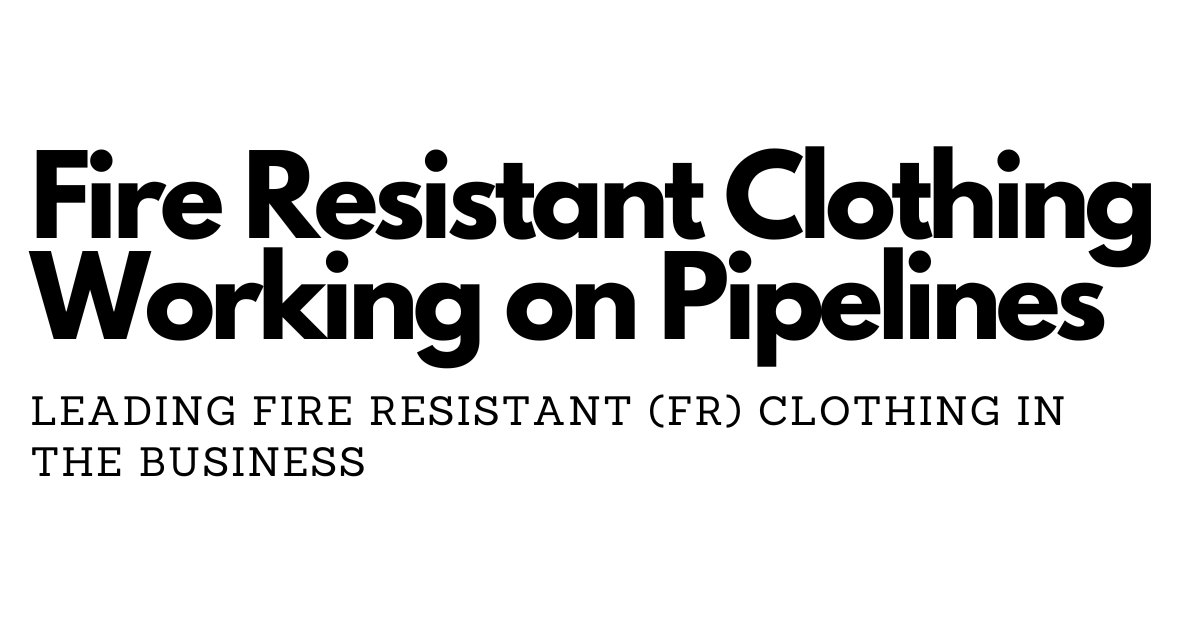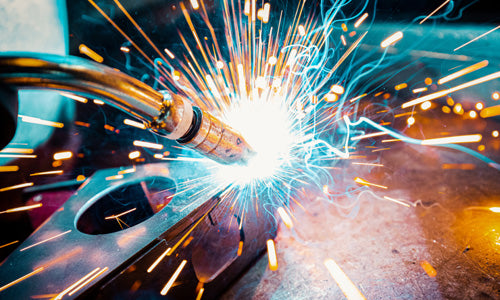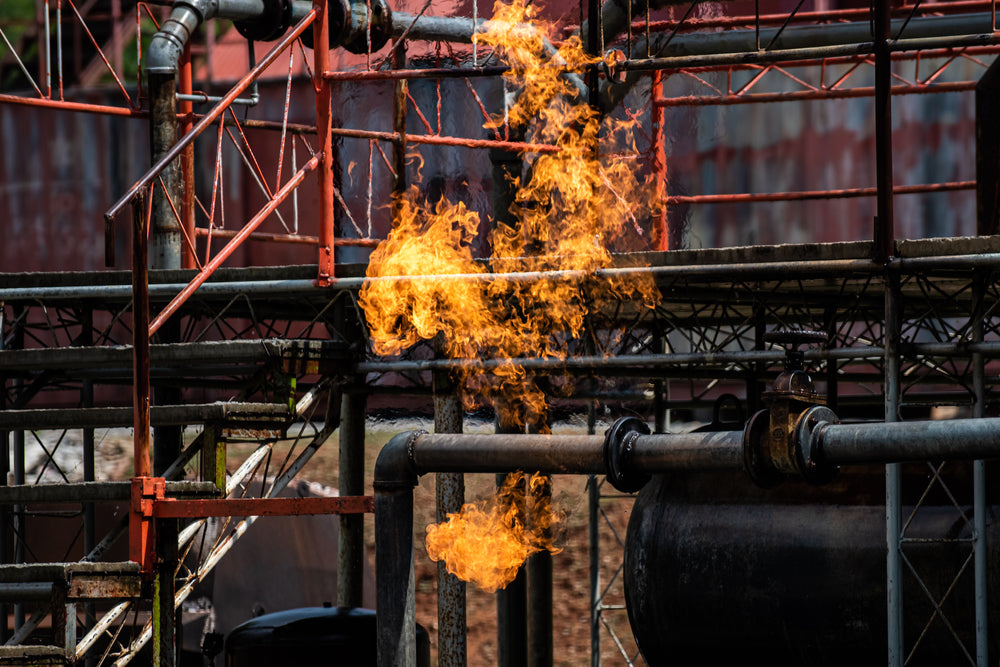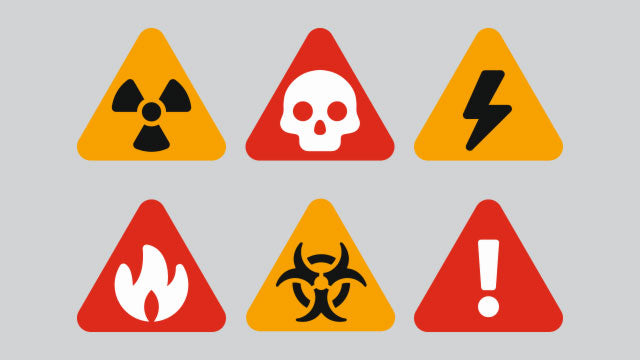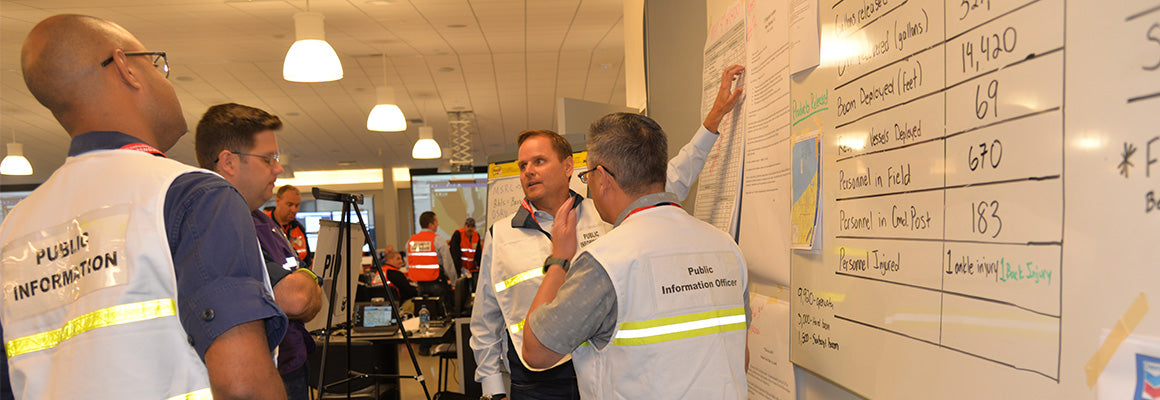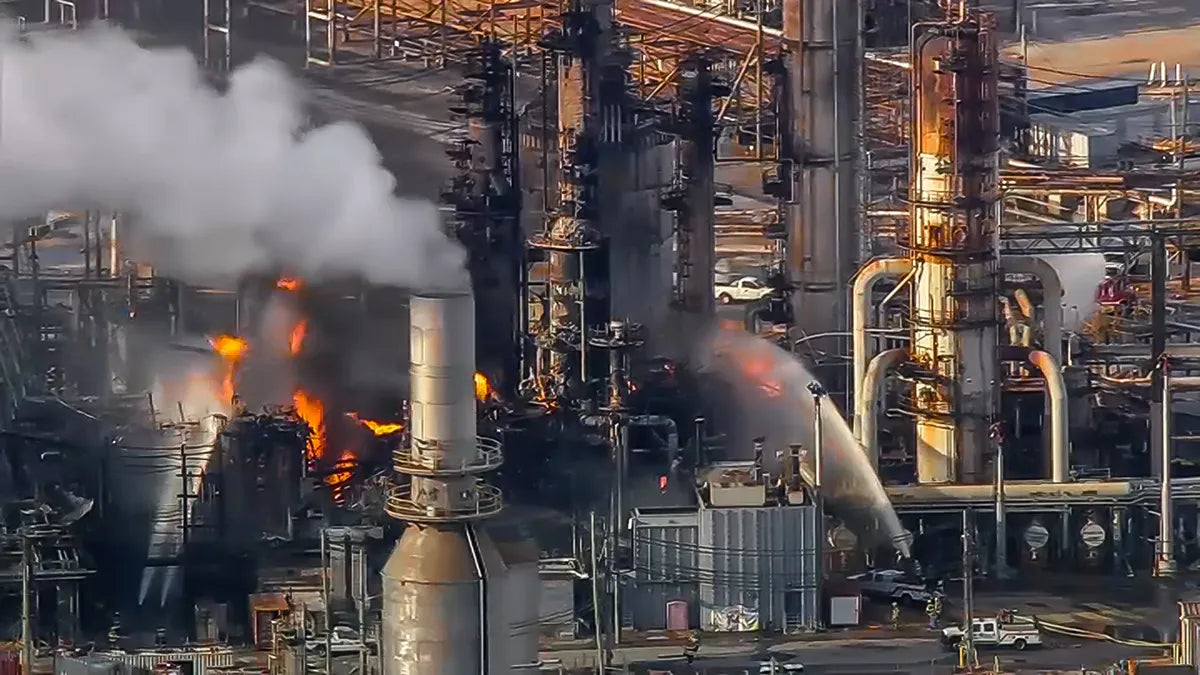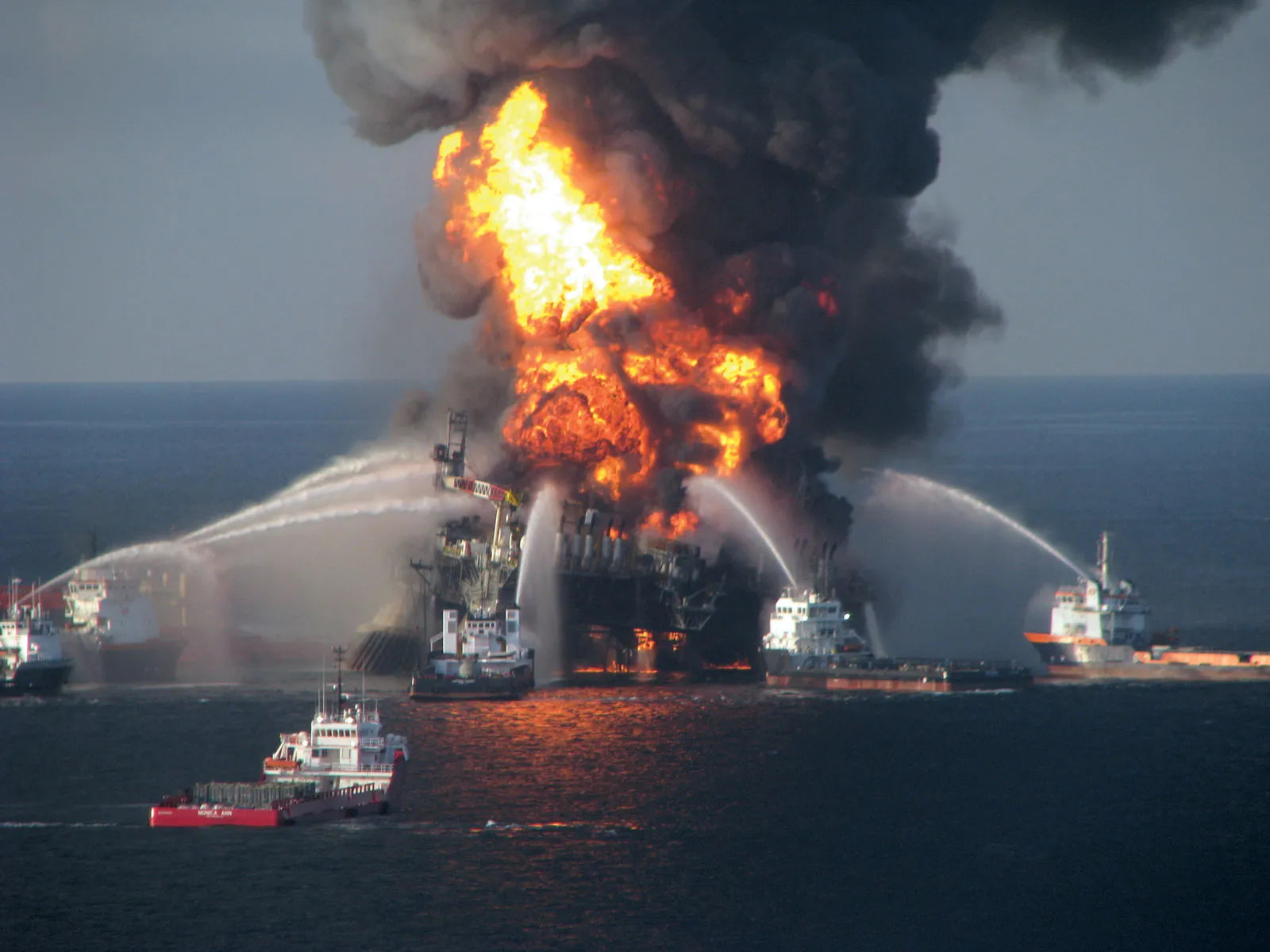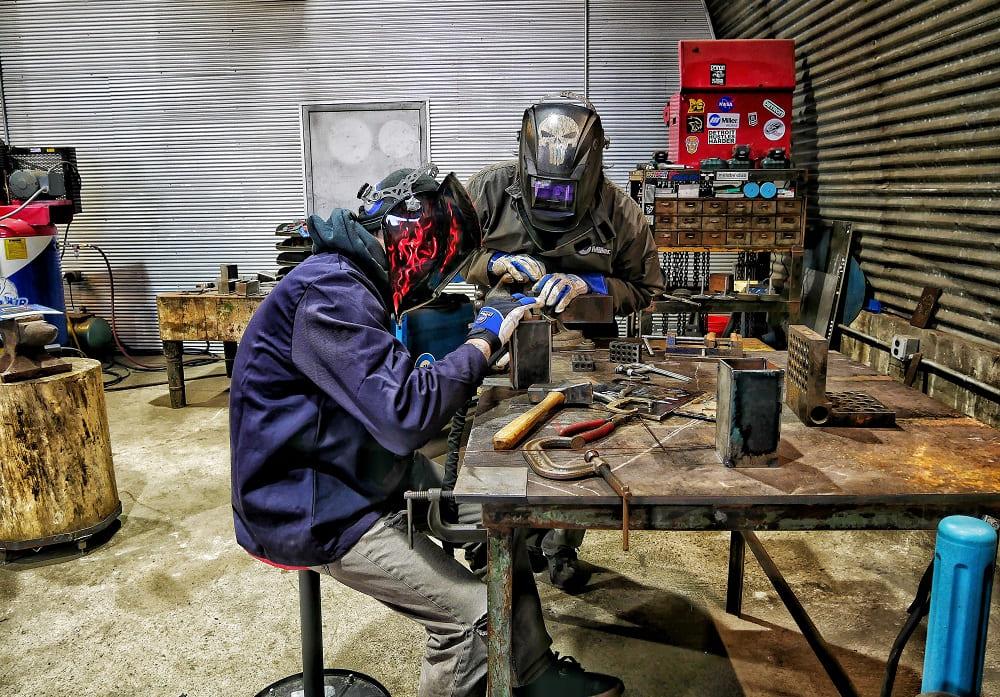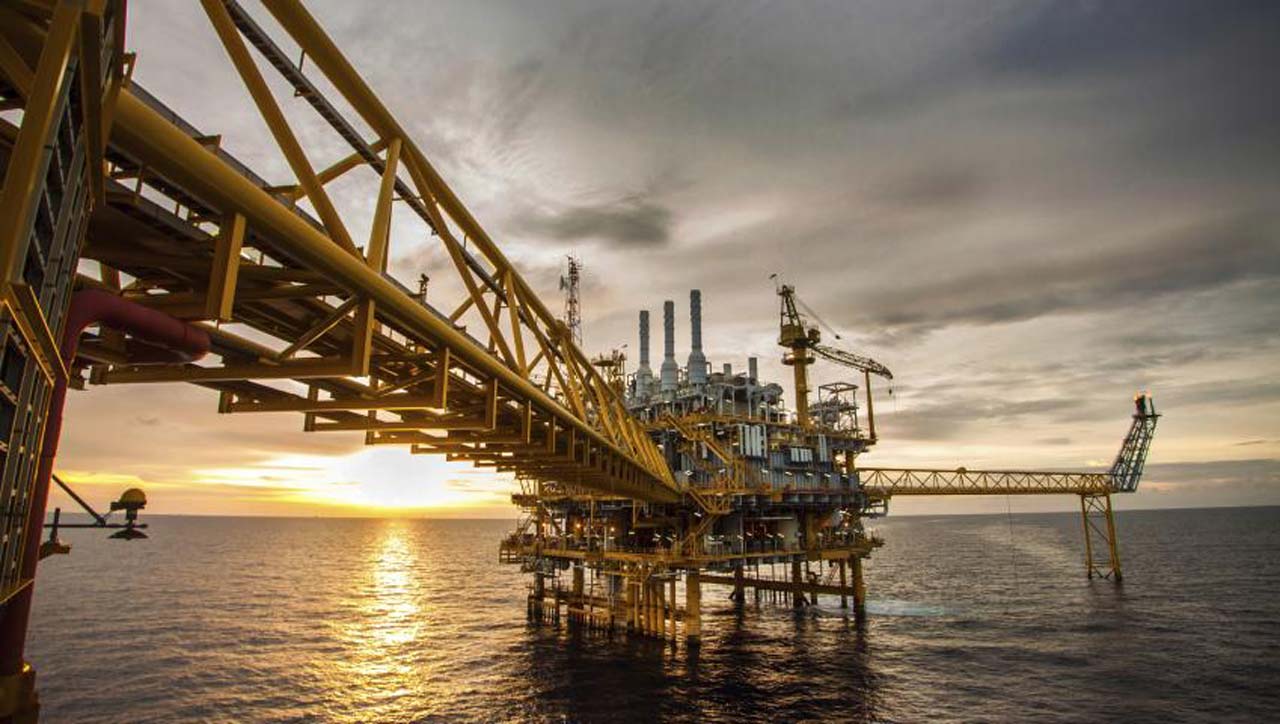
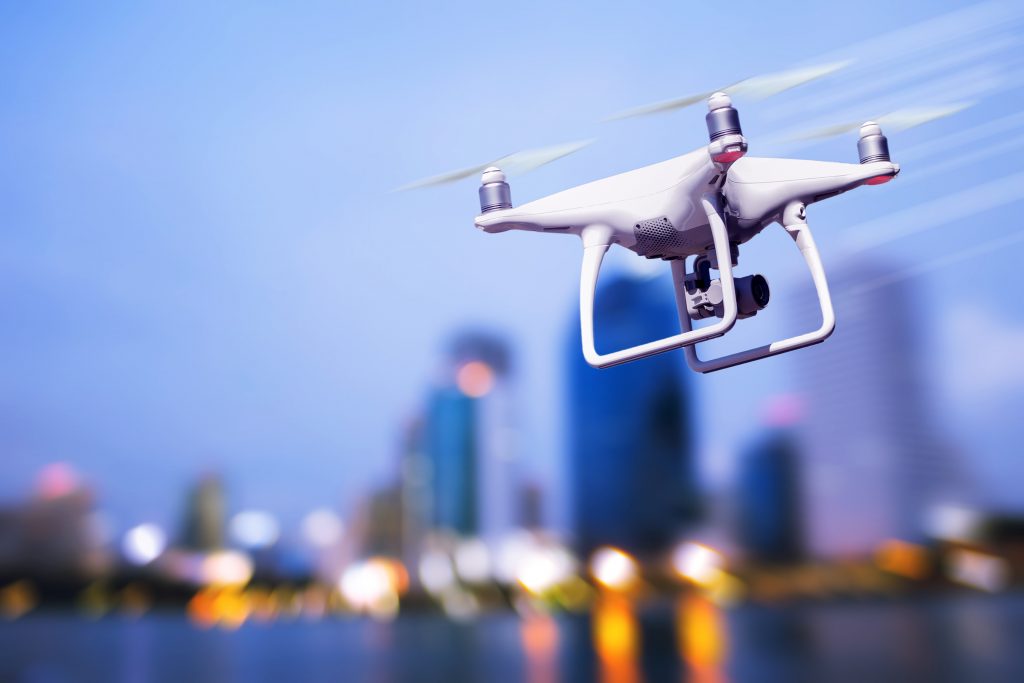
Artificial Intelligence (AI) has the potential to transform the oil and gas industry in various ways, improving efficiency, safety, and decision-making. Here are some key areas where AI can make a significant impact:
-
Predictive Maintenance: AI-powered predictive maintenance systems can analyze data from sensors and equipment to predict when machinery or infrastructure components are likely to fail. This allows for timely maintenance, reducing downtime and preventing costly breakdowns.
-
Production Optimization: AI algorithms can optimize production processes by analyzing data from various sources, such as well logs, sensors, and historical production data. This helps in maximizing reservoir yields and optimizing drilling and production strategies.
-
Reservoir Management: AI can model subsurface reservoirs more accurately, enabling better reservoir characterization and optimization of extraction techniques. This leads to increased hydrocarbon recovery and cost savings.
-
Safety and Compliance: AI can enhance safety by monitoring worker conditions in real-time using wearables and sensors. It can also help in automating compliance reporting, reducing the risk of accidents and costly regulatory violations.
-
Exploration and Drilling: AI can analyze seismic data more efficiently, aiding in the identification of potential drilling sites and reducing exploration risks. Automated drilling systems can also improve drilling accuracy and efficiency.
-
Supply Chain Optimization: AI can optimize the supply chain by predicting demand, managing inventory, and identifying cost-saving opportunities in procurement and logistics.
-
Energy Efficiency: AI can reduce energy consumption by optimizing equipment operation and monitoring energy use in real-time. This not only saves costs but also aligns with sustainability goals.
-
Environmental Monitoring: AI can help in monitoring environmental conditions and detecting leaks or other incidents that may have ecological impacts. Early detection and response can mitigate environmental damage and associated liabilities.
-
Natural Language Processing (NLP): NLP-powered chatbots and virtual assistants can facilitate communication and information retrieval, both on-site and in back-office operations. This can enhance collaboration and productivity.
-
Data Analytics and Decision Support: AI-driven data analytics can process vast amounts of data to identify patterns, anomalies, and trends. This information supports data-driven decision-making at every level of the organization.
-
Cybersecurity: AI can play a critical role in detecting and preventing cyber threats. It can analyze network traffic and behavior patterns to identify potential security breaches and respond in real-time.
-
Remote Operations and Automation: AI can enable remote monitoring and control of equipment and processes, reducing the need for on-site personnel and improving safety in hazardous environments.
-
Drone Technology: AI-powered drones can be used for aerial inspections of infrastructure, pipelines, and facilities. They can quickly identify issues that might be missed during manual inspections.
-
Health and Safety: AI can enhance worker safety by monitoring fatigue, assessing risks, and automating safety checks and protocols.
-
Knowledge Management: AI can assist in knowledge management by categorizing and indexing vast amounts of documentation and data, making it easier for employees to access relevant information.
Artificial Intelligence (AI) can offer significant support to welders in various aspects of their work, enhancing productivity, quality, safety, and efficiency. Here are several ways in which AI can assist welders:
-
Quality Assurance: Automated Inspection: AI-powered computer vision systems can inspect welds in real-time, identifying defects such as cracks, porosity, or inconsistencies. This ensures that welds meet quality standards without the need for manual inspection, reducing the likelihood of defects.
-
Welding Process Optimization: Parameter Adjustment: AI algorithms can adjust welding parameters (e.g., voltage, current, travel speed) in real-time based on sensor feedback. This optimizes the welding process, ensuring better quality and consistency.
-
Welding Training and Education: Virtual Welding Simulators: AI-driven virtual reality (VR) and augmented reality (AR) simulators can provide welders with realistic training environments. These simulations help in learning and practicing different welding techniques, improving skills and reducing material wastage.
-
Predictive Maintenance: Welding Equipment Maintenance: AI can predict when welding equipment is likely to fail by analyzing sensor data. This enables scheduled maintenance, minimizing downtime and reducing the chances of unexpected equipment breakdowns.
-
Safety Enhancement: Welder Health Monitoring: Wearable devices equipped with AI can monitor a welder's health, including factors like fatigue and exposure to hazardous fumes. Alerts can be generated if unsafe conditions are detected, improving worker safety.
-
Collaborative Robots (Cobots): Welder Assistance: Cobots equipped with AI algorithms can collaborate with welders, performing repetitive or physically demanding tasks, while welders focus on more intricate aspects of welding.
-
Process Documentation: Automated Reporting: AI can automatically generate reports and documentation of welding processes, including parameters used, materials, and inspection results. This streamlines record-keeping and ensures compliance with quality standards.
-
Material Identification: Material Recognition: AI-powered cameras and sensors can identify the type and thickness of materials being welded. This information helps in setting appropriate welding parameters for different materials, ensuring proper fusion.
-
Defect Prediction and Prevention: Historical Data Analysis: AI can analyze historical welding data to predict potential defects and welding issues. By identifying patterns, it can suggest preventive measures.
-
Real-Time Feedback: Instant Feedback: AI systems can provide welders with real-time feedback on their welding techniques, helping them make adjustments as they work. This continuous improvement leads to better weld quality.
-
Remote Expertise: Remote Assistance: AI-powered remote assistance platforms can connect welders in the field with experts who can provide guidance and troubleshooting in real-time, improving problem-solving capabilities.
-
Process Monitoring: Monitoring Environmental Conditions: AI can monitor environmental conditions such as humidity, temperature, and air quality, ensuring optimal welding conditions and reducing the risk of defects.
Incorporating AI into welding processes can lead to higher quality welds, increased efficiency, improved safety, and reduced costs. It empowers welders with tools and technologies that enhance their capabilities, making welding processes more precise and reliable.
In conclusion, AI has the potential to revolutionize the oil and gas industry by enhancing operational efficiency, safety, and sustainability. As the industry faces increasing demands for cost-effectiveness and environmental responsibility, AI-powered solutions offer valuable tools for meeting these challenges head-on.
